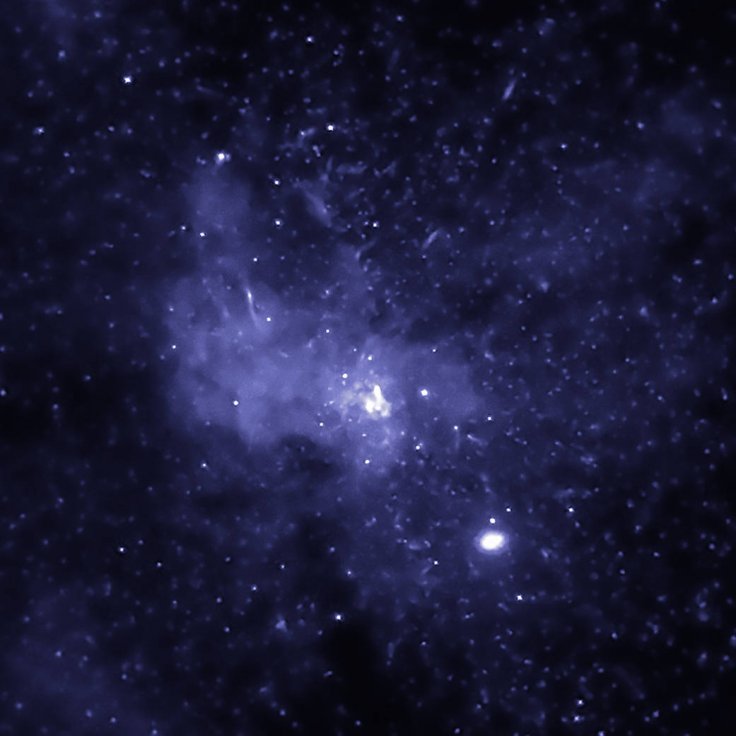
A new study conducted by a team of American researchers has found that black holes could act as a movie of the universe, and studying these dark entities could help space scientists to understand several mysteries of the cosmos.
More Details of New Black Hole Study
The study conducted by the research team found that swirling rings of light orbiting, and being sucked into, a black hole could help to unveil the history of the universe. These swirling rings of light are akin to tree rings which help to determine the exact age of a tree.
During the study, researchers analyzed the black hole at the center of the galaxy M87 which is located almost 55 million light-years away from the earth. Researchers found that the photons swirling around the black hole literally act as frames of a movie, which shows how the black hole was formed, and the way in which it has evolved over time. Scientists who took part in this study made this finding using the Event Horizon Telescope.
"The Event Horizon Telescope image of the supermassive black hole in the galaxy M87 is dominated by a bright, unresolved ring. General relativity predicts that embedded within this image lies a thin 'photon ring,' which is composed of an infinite sequence of self-similar subrings that are indexed by the number of photon orbits around the black hole," wrote the researchers in their study report.
According to researchers, these sets of subrings are very similar to frames of a movie, as it has captured the history of the visible universe, as seen from this black hole.
However, researchers made it clear that each of these rings has an age of just six days, as it will get gobbled by the mindblowing gravitational pull of black holes.
Black Holes Abundance in Milky Way
A few months back, another study that made use of the data from NASA's Chandra X-ray Observatory had found evidence of thousands of black holes at the center of Milky Way. According to this study, this black hole swarm in Milky Way consists of several stellar black holes that may weigh between five to 30 times the mass of the sun.









